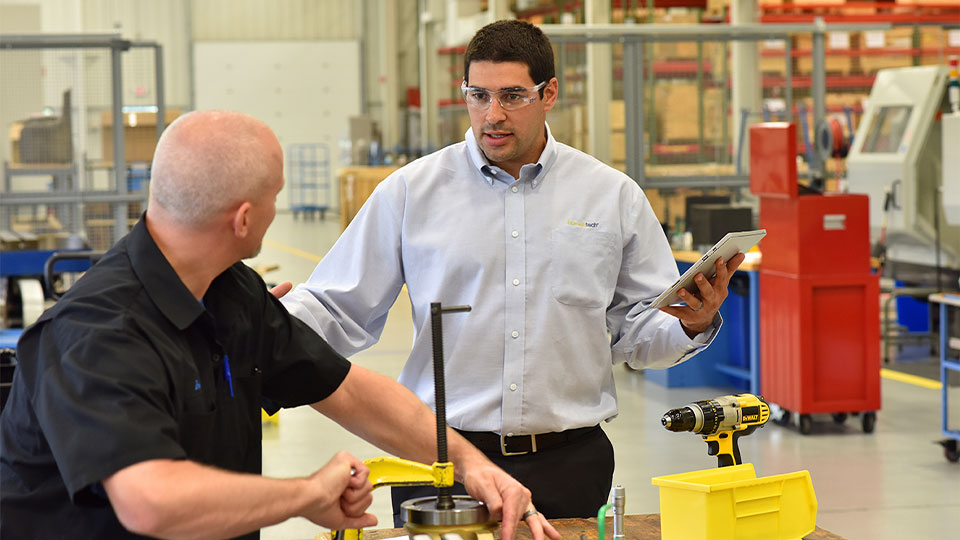After going through all the work of assessing your workspaces for musculoskeletal disorder (MSD) risk, gathering the data and discussing possible positive changes to make, you’ve completed the initial steps of implementing an effective ergonomic process within your organization. GREAT!
You and your team have selected a robust ergonomics software system that allows you to prioritize jobs to be analyzed; the risk assessments are complete; there’s buy-in from leadership and stakeholders; proper communication/training has been delivered to all affected personnel; and you’ve implemented the approved solutions for mitigation.
You’re all set, right?
Wrong!
The Plan-Do-Check-Act Cycle
Ergonomics is not a “one and done” approach. Approaching ergonomics with an attitude like this can result in stagnant activity towards your ergonomic process, which can lead to an increase in newly developed musculoskeletal disorders (MSD) or have a negative impact within the organization’s production.
It’s more valuable to look at your ergonomics process through the lens of continuous improvement, with the Plan-Do-Check-Act model. This model operates as a continuous cycle, from the planning of an ergonomics process, through implementation, evaluation and further adjustment, then returning to the planning stage for further improvements. Striving towards a continuous improvement approach will help ensure the sustainability of the ergonomics process. Performing follow-up assessments consistently after implementing solutions can improve productivity, performance, and overall well-being of operators.
Maintaining a Successful Ergonomics Process
When conducting a follow-up assessment, follow these ideas to maintain a successful ergonomics process.
Gather Feedback from Operators
- Ensure that the new solution does not create additional barriers for the operators.
- Survey the operator(s) in the newly ergonomically designed environment after a few weeks of implementation.
- Determine if any new MSD risk factors have been created due to the new intervention. Is the workflow impacted? If so, how?
- After gathering feedback, discuss the findings with the ergonomics team and leadership, and develop action items as needed.
Measure the Effectiveness of the Implemented Solution
- Generate productivity and medical surveillance reports to compare the data before the intervention and after.
- Establish a plan as to what reports to review and when.
- Determine the return on investment by visiting the VelocityEHS ROI calculators.
Maintain Communication and Involvement
- Reinforce the objectives of implementing ergonomics within the workplace to leadership and employees.
- Share success stories of completed solutions implemented.
- Address challenges discovered from follow-up evaluations.
- Provide training and awareness as new team members are welcomed into the organization.
Let VelocityEHS Help!
VelocityEHS is just the partner you’re looking for to implement a successful ergonomics process. Our powerful AI-driven SaaS global enterprise ergonomics solutions deliver continuous improvement and are backed by the industry’s largest team of board-certified ergonomists.
We understand that it’s not just doing ergonomics assessments that matters; it’s using the assessments to improve workplace safety. That’s why the 3D Model for Motion Capture in our VelocityEHS industrial ergonomics software provides the most comprehensive MSD risk assessment available, incorporating automatic scoring of wrist bending and back twisting, and even capturing data from hidden body segments. You’ll also be able to conduct assessments from anywhere using a mobile device, and then rely on powerful AI capabilities that help you identify risks and root causes and select better controls from expert-curated drop-down menus, so you can put your assessments to their intended use. You’ll have greater confidence in your assessments and overall ergonomics process.
And those are just some of the ways we can support you. Contact us today to learn more about how we can help you improve worker health and safety.
